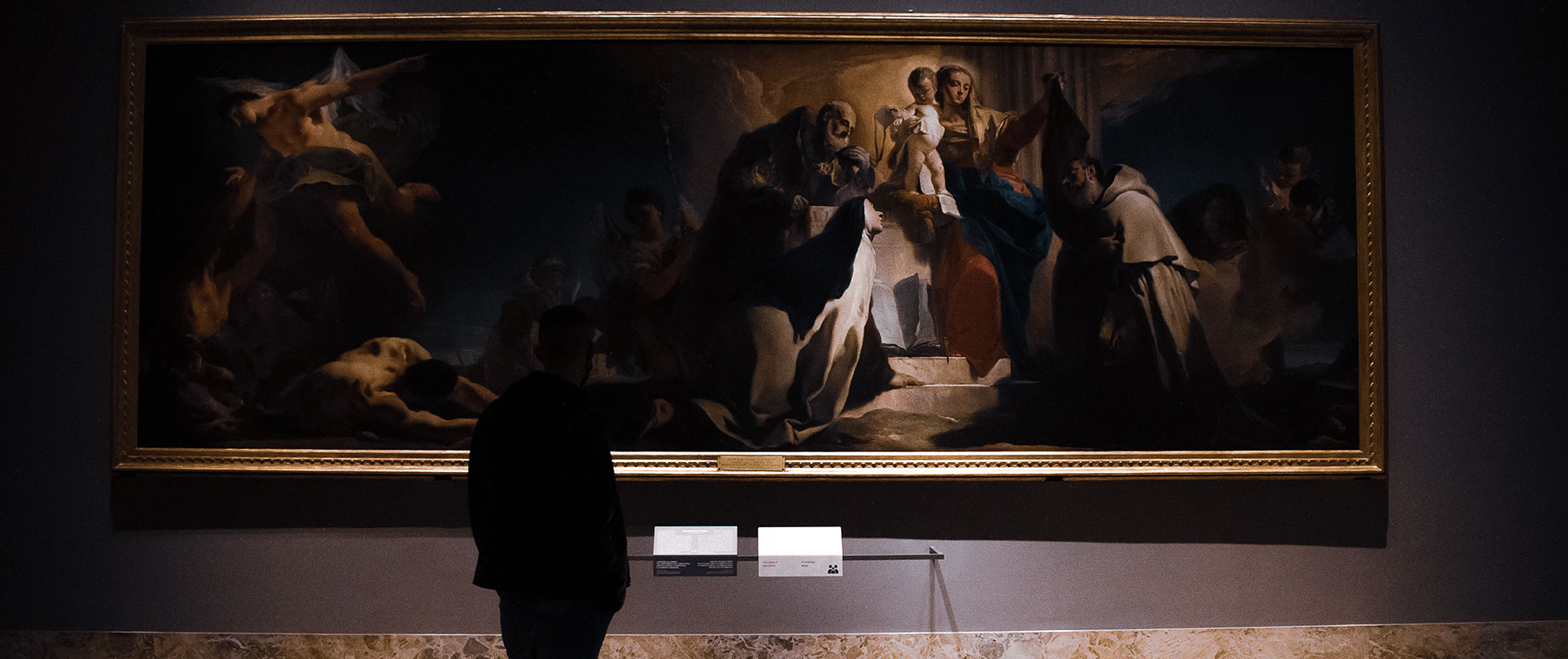If It Wasn’t Created by a Human Artist, Is It Still Art?
The question of whether something is considered “art” if it wasn’t created by a human artist is a matter of ongoing debate and depends on how one defines art and the context in which it is presented. The concept of art has evolved and expanded over centuries, and it continues to do so. Here are some perspectives to consider:
- Traditional View of Art: Historically, art has often been associated with human creativity, expression, and intention. Traditional definitions of art have typically centered around the idea that it is the product of a human artist’s imagination, skill, and emotional expression.
- Expanded Definitions of Art: In recent decades, there has been a broadening of the definition of art. Some argue that art can be created by non-human entities or processes. For example:
- AI-Generated Art: Art created by artificial intelligence, such as paintings generated by algorithms like DALL-E or music composed by AI programs, has gained recognition as a form of art.
- Nature-Based Art: Some argue that natural phenomena, such as the patterns formed by waves on a beach or the shapes of clouds in the sky, can be considered art.
- Intention vs. Interpretation: A key factor in determining whether something is considered art is the role of human intention and interpretation. If a human intentionally creates or selects something with the intent of it being art, and others perceive it as such and engage with it in an artistic context, it can be considered art regardless of the creator.
- Context Matters: The context in which something is presented plays a significant role in defining it as art. Art museums and galleries are spaces designed to showcase and validate objects or creations as art. If a non-human-created object is placed in such a context and is presented as art, it can be accepted as such by the art community and the public.
In summary, the definition of art is fluid and can encompass a wide range of creations and expressions. While some may adhere to a traditional view of art as exclusively human-made, others embrace a more inclusive perspective that recognizes the role of intention, interpretation, and context in determining what qualifies as art. Ultimately, whether something is considered art or not may vary from person to person and from one cultural or artistic community to another.
